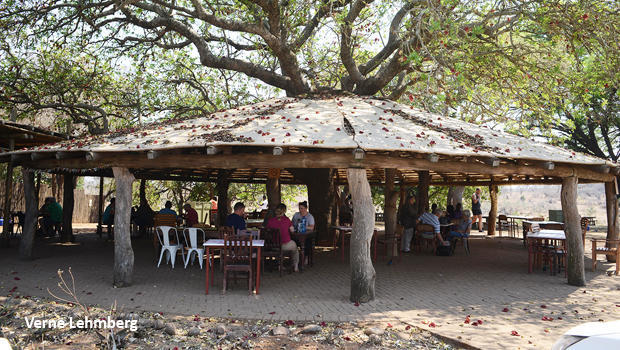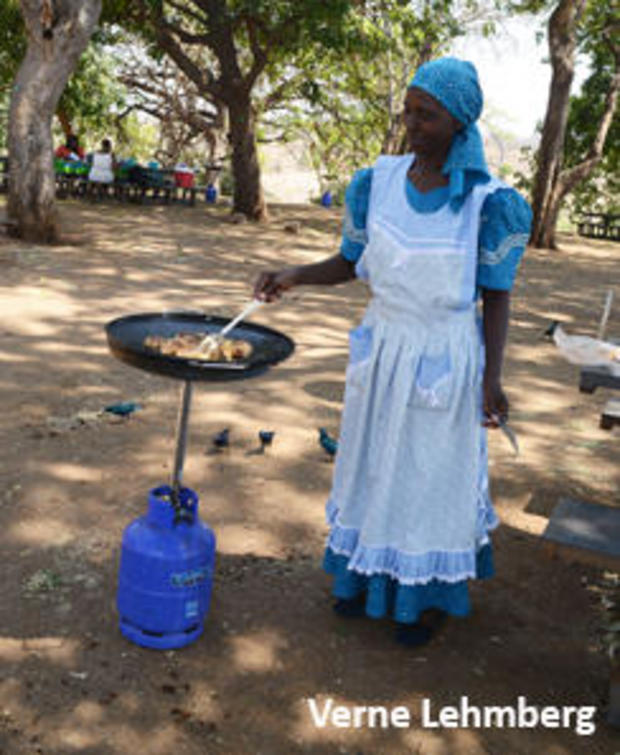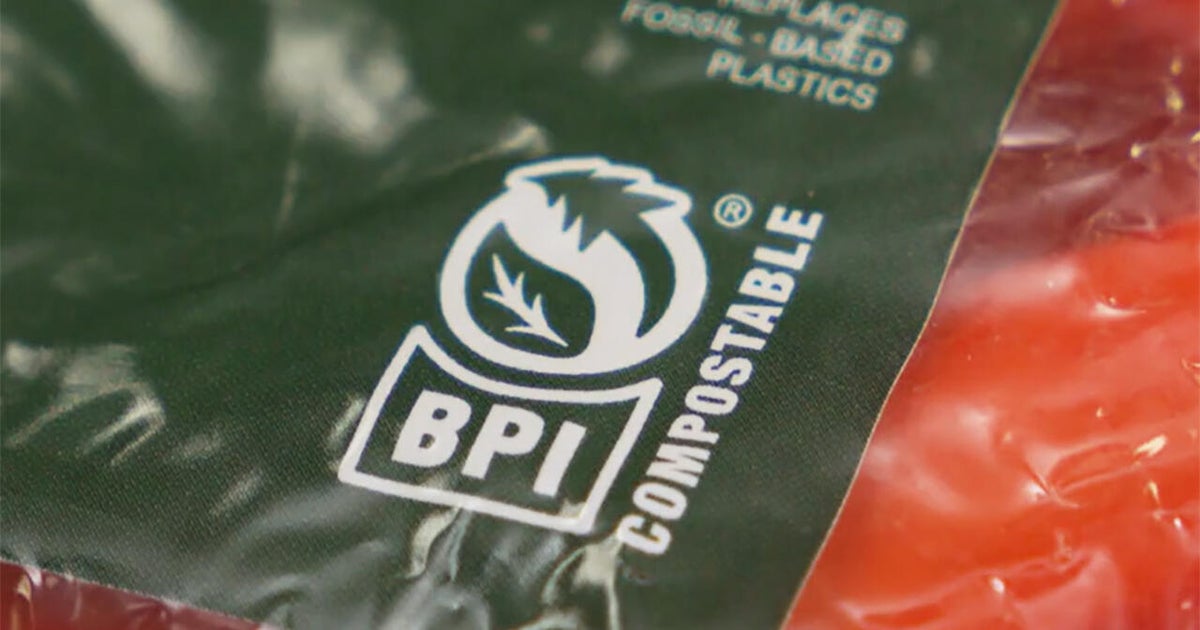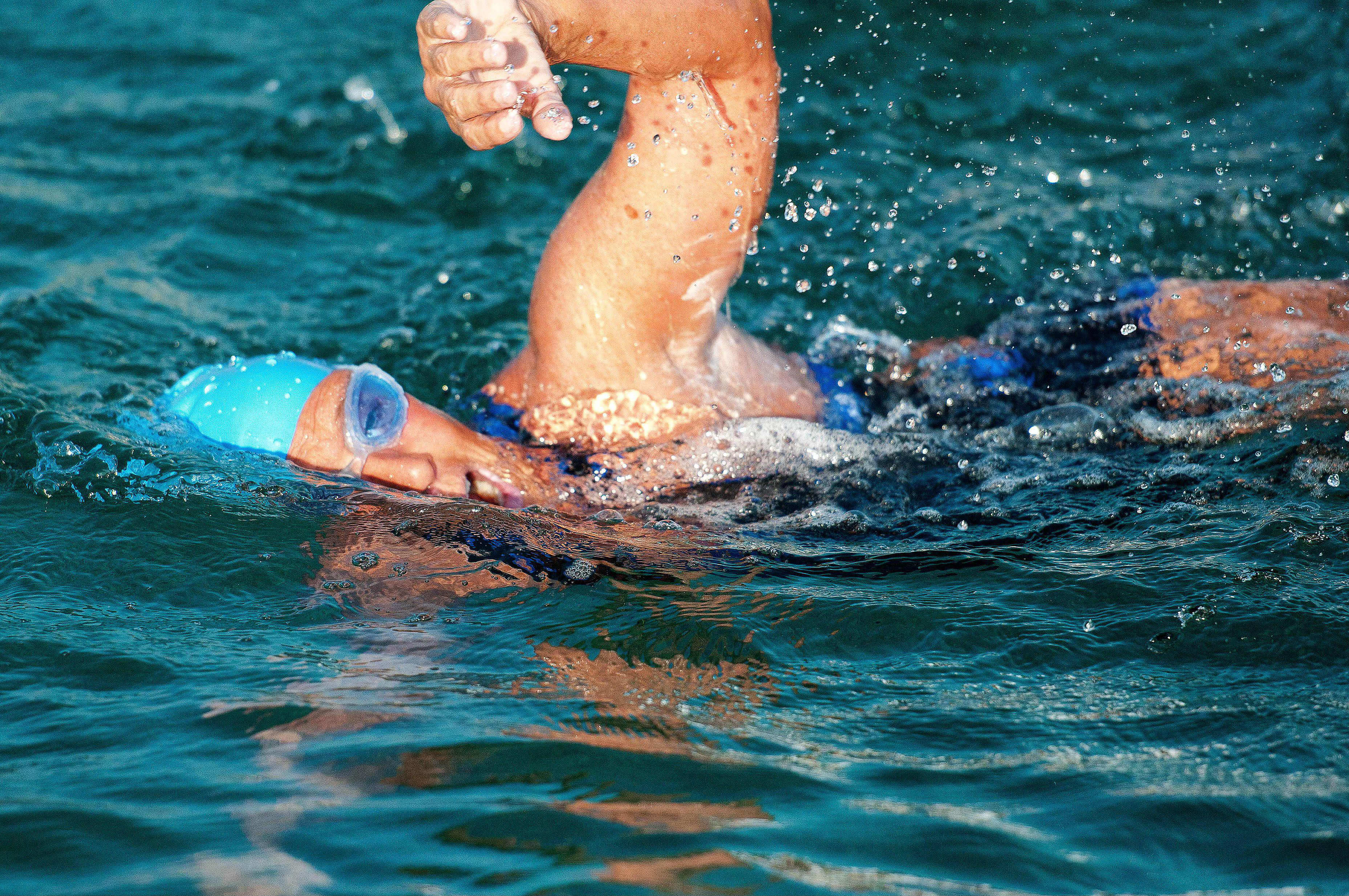Nature up close: Traveling to Kruger
Follow along as "Sunday Morning" contributing videographer Judy Lehmberg reports on her two-month trip to Kruger National Park in South Africa and to Kenya's Maasai Mara.
As the sun was setting on our last evening in Kruger National Park, I looked out our bungalow's kitchen window and saw elephants grazing and drinking along the Sabie River. We've been here so long now, seven weeks, that at first I didn't really think about what an amazing sight it was. Then I realized how lucky I was to see elephants versus the holly tree I would see from my own kitchen window at home.
If you would like the same experience, consider doing a self-driving vacation in South Africa. It is a wonderful country with extremely friendly people, and of course, amazing wildlife. You can travel to South Africa and do a professionally organized safari for $1,500/night, or you can rent a car and either stay in a bungalow for about $100/night for two people, or camp with electricity and hot showers for about $25/night. Food is extra, but you have to eat wherever you are, and it isn't expensive in South Africa.
There are many great places to stay and wonderful things to see across the country, but I'm going to keep this simple and give you the details of how we do just Kruger, because it has so many species of African animals, and because I would rather spend my time in one place rather than wasting time traveling to many places. Obviously you can adjust your trip to your liking.
The first thing to decide is the time of year you would like to go. September to mid-March is hot – 90 to 100°F highs are common. Fronts do come in and cool things off a little, but generally it is hot. The rainy season starts sometime in October to December, and usually ends in March. December to February get an average of 3.5 inches of rain each month. May through August are the coolest months, and some years get no rain at all. They are my favorite months to be in Kruger, as some of the trees and bushes lose their leaves, making it easier to see wildlife, and the waterholes attract wildlife.
Once you've decided when you would like to go, find a map of the park online at sanparks.org (or many other sites), and read about the various rest camps. Keep in mind, Kruger is big. Even if you stayed two months or more it would be difficult to see it all. The southern end of the park gets about twice the rainfall as the northern end and is generally more accessible to most South Africans, so it has more animal species, and more people.
We've stayed at most of the camps. They vary in size but all the main camps have bungalows that accommodate anywhere from 1 to 12 people. Most include bathroom facilities and a kitchen, usually located on the front porch. Our favorite camps, because of the wildlife around them, are Berg-en-dal, Skukuza, Lower Sabie, Crocodile Bridge, Satara, and Talamati.
Berg-en-dal is good for fishing crocodiles on the Crocodile River just outside the park, rhinos and wild dogs. Skukuza and Lower Sabie both provide great areas to see lions and leopards, as does Satara. Talamati has a great waterhole.
You can make reservations on the South African National Parks website, sanparks.org. Be sure to alert your bank or credit card company before you begin booking and paying for your accommodations, and be aware you can only make reservations a maximum of 11 months in advance. So, if you are going in August 2020, you should make those reservations September 1, 2019. The most popular camps fill up quickly, especially Lower Sabine and some of the bush camps which I highly recommend.
Bush camps are small, have no restaurants or stores, and some don't have electricity. Talamati is my favorite. If you stay a few days you will begin to recognize some of the individual elephant families and are almost guaranteed to see a sable antelope – a rare antelope anywhere, even in Kruger.
To keep in mind:
South Africans drive on the left side of the road, and most rental cars have standard transmissions, although automatic is becoming more common. If you are worried about driving on the "wrong" side of the road, fly all the way to Skukuza, the largest Kruger camp. The only problem with that is the rental car company options are limited.
There are tons of car rental choices, from way smaller than you probably want to big luxury cars. We either fly to Johannesburg and rent a car there or fly from Johannesburg to Nelspruit and start our trip from there. Both can be trial-by-fire if you aren't used to driving on the left side, especially Johannesburg.
A special word to serious photographers: You cannot get out of your car anywhere in Kruger except in the rest camps and the picnic areas; therefore you must take all your photos from the car. We always rent a pickup truck with an extended cab for two people, one person in the front and one in the back, so you can always be on the correct side of the vehicle at a sighting, and the windows roll all the way down for photography. There are some less expensive truck rental companies in South Africa other than the rental car companies. To find them do a Google search for double cab bakkie hire .co.za.
If you find you need to spend the night in either city, I recommend you check the security of your hotel or B&B. South Africa crime could be much worse than it is considering how many poor people live there, but you still need to keep your wits about you.
The South African currency is the Rand. Exchange rates vary but are usually in the 12-14 Rand to the Dollar range. All of the Kruger camps have ATMs but now the only one that accepts foreign debit and credit cards is in Skukuza. We wait to get to South Africa before we get Rands as the exchange rate is usually better directly from an ATM.
The length of your trip obviously depends on time and money. We usually stay at least a month-and-a-half. Delta and South African Airways are currently the only two airlines that fly directly to Johannesburg from the U.S. Many other carriers can get you there, but you will have to go through Europe.
Want to know more? Kruger has an online forum where you can ask questions and almost always get good, accurate answers.
See also:
- One huge crocodile
- A surprise leopard or two
- The overlooked species
- Decisions, decisions ... lions or elephants?
- Back to Africa
- Kruger National Park feeding frenzy
- Buffalo 1, Lions 0
Judy Lehmberg is a former college biology teacher who now shoots nature videos.
For more info:
- Judy Lehmberg (Official site)
- Judy Lehmberg's YouTube Channel
To watch extended "Sunday Morning" Nature videos click here!









